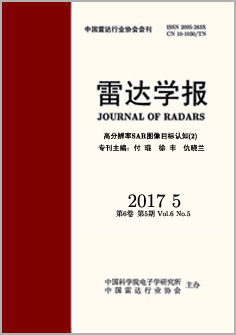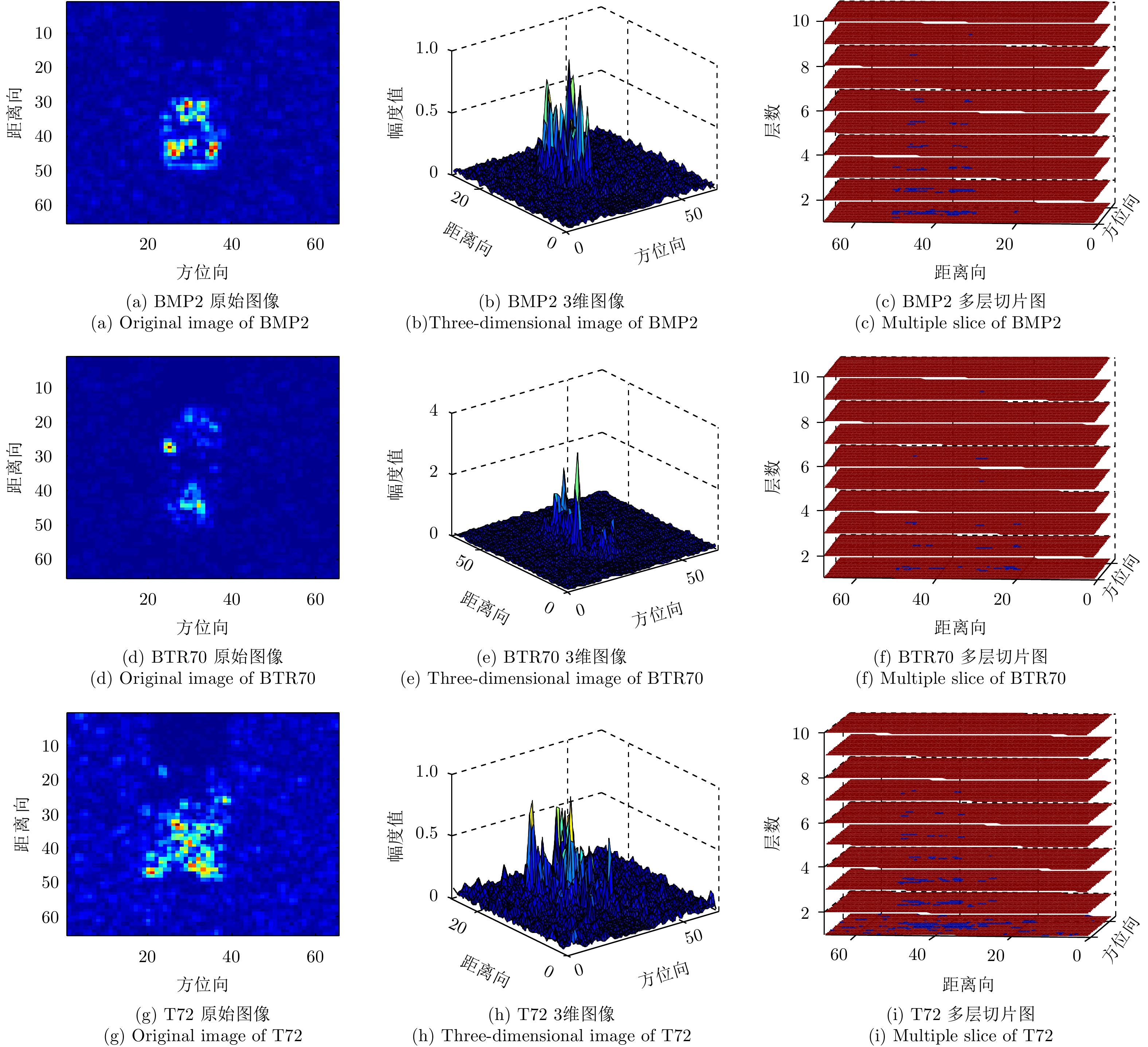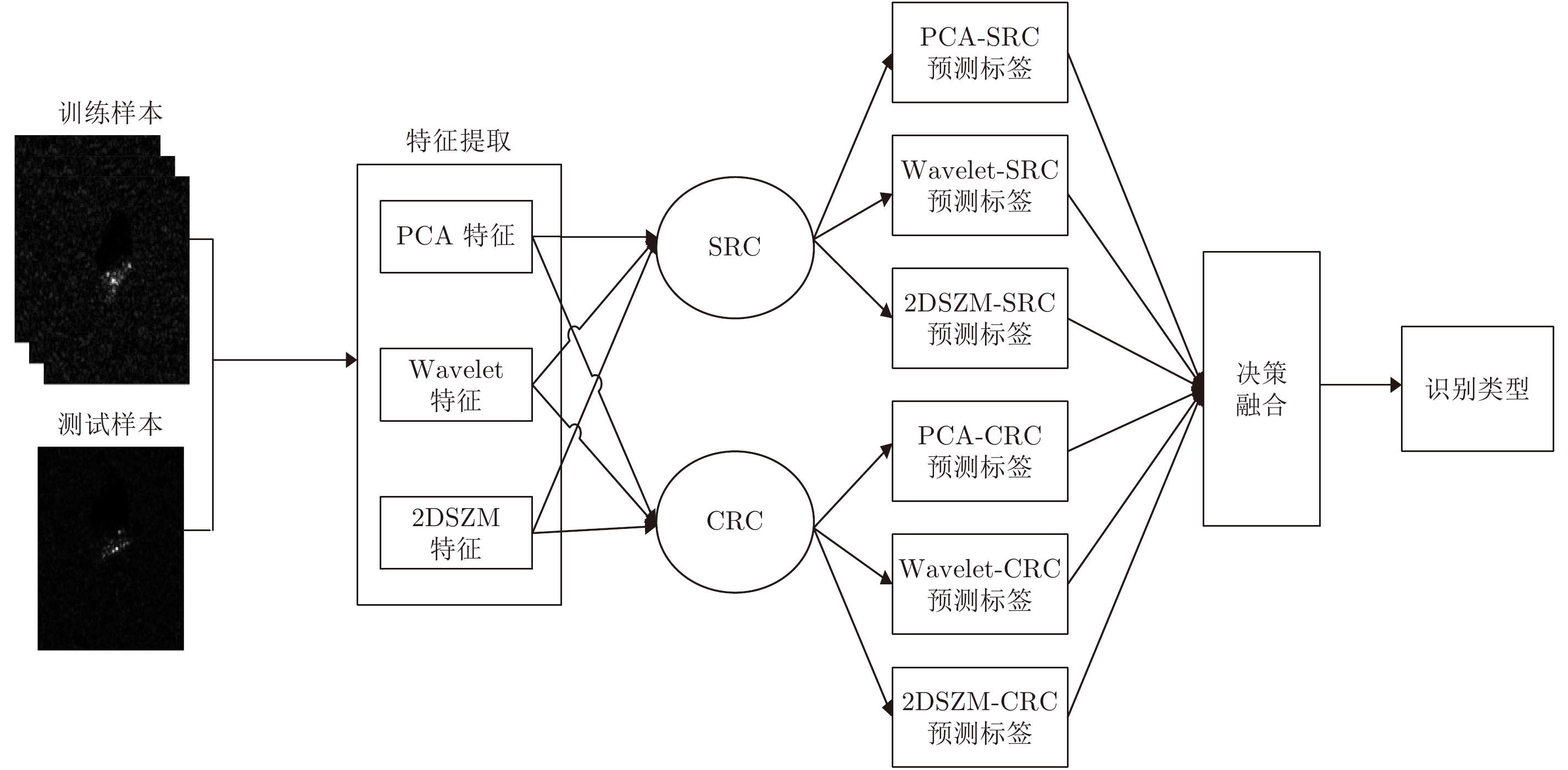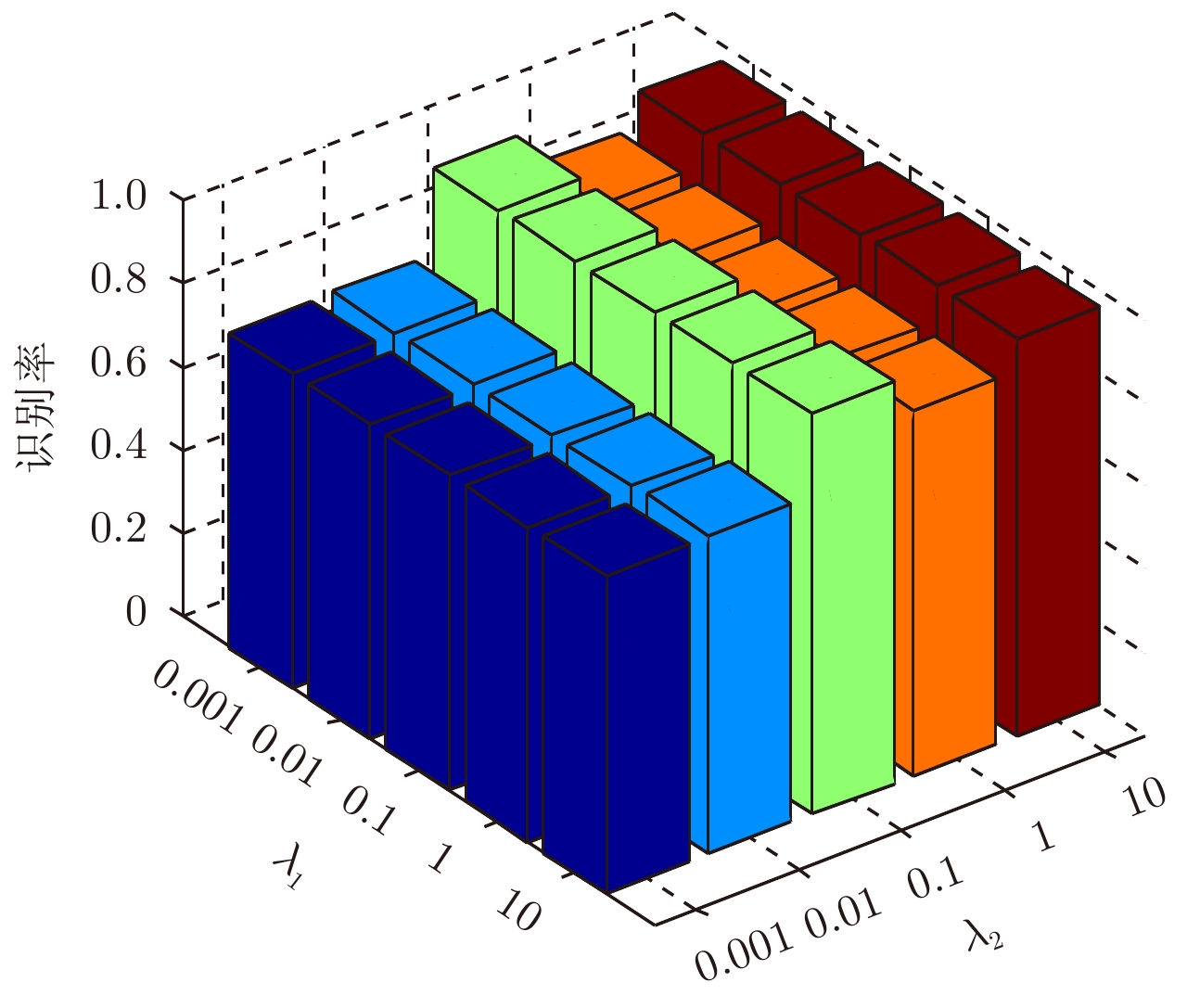| [1] |
Qi Zhi-xin, Yeh A G O, Li Xia, et al.. A novel algorithm for land use and land cover classification using RADARSAT-2 polarimetric SAR data[J]. Remote Sensing of Environment, 2012, 118: 21–39. doi: 10.1016/j.rse.2011.11.001 |
| [2] |
Liu Bin, Hu Hao, Wang Huan-yu, et al.. Superpixel-based classification with an adaptive number of classes for polarimetric SAR images[J]. IEEE Transactions on Geoscience and Remote Sensing, 2013, 51(2): 907–924. doi: 10.1109/TGRS.2012.2203358 |
| [3] |
Wang Hui, Chen Zhan-sheng, and Zheng Shi-chao. Preliminary research of Low-RCS moving target detection based on Ka-Band video SAR[J]. IEEE Geoscience and Remote Sensing Letters, 2017, 14(6): 811–815. doi: 10.1109/LGRS.2017.2679755 |
| [4] |
El-DarymliK, Gill E W, and Mcguire P. Automatic target recognition in synthetic aperture radar imagery: A state-of-the-art review[J]. IEEE Access, 2016, 4: 6014–6058. doi: 10.1109/ACCESS.2016.2611492 |
| [5] |
Novak L M, Owirka G J, and Netishen C M. Performance of a high-resolution polarimetric SAR automatic target recognition system[J]. The Lincoln Laboratory Journal, 1993, 6(1): 11–23.
|
| [6] |
Saghri J A and DeKelaita A. Exploitation of target shadows in synthetic aperture radar imagery for automatic target recognition[C]. Proceedings of SPIE Volume 6312 Applications of Digital Image Processing XXIX, California, United States, 2006, 6312: 631212. DOI: 10.1117/12.684401. |
| [7] |
Amoon M and Rezai-Rad G A. Automatic target recognition of synthetic aperture radar (SAR) images based on optimal selection of Zernike moments features[J]. IET Computer Vision, 2014, 8(2): 77–85. doi: 10.1049/iet-cvi.2013.0027 |
| [8] |
Gerry M J, Potter L C, Gupta I J, et al.. A parametric model for synthetic aperture radar measurements[J]. IEEE Transactions on Antennas and Propagation, 1999, 47(7): 1179–1188. doi: 10.1109/8.785750 |
| [9] |
Huan Ruo-hong, Zhang Ping, and Pan Yun. SAR target recognition using PCA, ICA and Gabor wavelet decision fusion[J]. Journal of Remote Sensing, 2012, 16(2): 262–274. doi: 10.11834/jrs.20120457 |
| [10] |
Lin Chang, Peng Fei, Wang Bing-hui, et al.. Research on PCA and KPCA self-fusion based MSTAR SAR automatic target recognition algorithm[J]. Journal of Electronic Science and Technology, 2012, 10(4): 352–357.
|
| [11] |
Zhang Zheng, Xu Yong, Yang Jian, et al.. A survey of sparse representation: Algorithms and applications[J]. IEEE Access, 2017, 3: 490–530. doi: 10.1109/ACCESS.2015.2430359 |
| [12] |
Zhang Hai-chao, Nasrabadi N, Zhang Yan-ning, et al.. Multi-view automatic target recognition using joint sparse representation[J]. IEEE Transactions on Aerospace and Electronic Systems, 2012, 48(3): 2481–2497. doi: 10.1109/TAES.2012.6237604 |
| [13] |
Dong Gang-gang, Kuang Gang-yao, Wang Na, et al.. SAR target recognition via Joint sparse representation of monogenicsignal[J]. IEEE Journal of Selected Topics in Applied Earth Observations and Remote Sensing, 2015, 8(7): 3316–3328. doi: 10.1109/JSTARS.2015.2436694 |
| [14] |
Dong Gang-gang and Kuang Gang-yao. SAR target recognition via sparse representation of Monogenic signal on Grassmann manifolds[J]. IEEE Journal of Selected Topics in Applied Earth Observations and Remote Sensing, 2016, 9(3): 1308–1319. doi: 10.1109/JSTARS.2015.2513481 |
| [15] |
Sun Yong-gang, Du Lan, Wang Yan, et al.. SAR automatic target recognition based on dictionary learning and joint dynamic sparse representation[J]. IEEE Geoscience and Remote Sensing Letters, 2016, 13(12): 1777–1781. doi: 10.1109/LGRS.2016.2608578 |
| [16] |
Song Sheng-li, Xu Bin, and Yang Jian. SAR target recognition via supervised discriminative dictionary learning and sparse representation of the SAR-HOG feature[J]. Remote Sensing, 2016, 8(8): 683. doi: 10.3390/rs8080683 |
| [17] |
Liu Hong-wei, Bo Jiu, Li Fei, et al.. Attributed scattering center extraction algorithm based on sparse representation with dictionary refinement[J]. IEEE Transactions on Antennas and Propagation, 2017, 65(5): 2604–2614. doi: 10.1109/TAP.2017.2673764 |
| [18] |
Zhang Lei, Yang Meng, and Feng Xiang-chu. Sparse representation or collaborative representation: Which helps face recognition?[C]. Proceedings of IEEE International Conference on Computer Vision, Barcelona, Spain, 2012: 471–478.
|
| [19] |
Li Wei, Du Qian, Zhang Fan, et al.. Hyperspectral image classification by fusing collaborative and sparse representations[J]. IEEE Journal of Selected Topics in Applied Earth Observations and Remote Sensing, 2016, 9(9): 4178–4187. doi: 10.1109/JSTARS.2016.2542113 |
| [20] |
Chi Yue-jie and Porikli F. Classification and Boosting with multiple collaborative representations[J]. IEEE Transactions on Pattern Analysis and Machine Intelligence, 2014, 36(8): 1519–1531. doi: 10.1109/TPAMI.2013.236 |
| [21] |
Haghighi M S, Vahedian A, and Yazdi H S. Extended decision template presentation for combining classifiers[J]. Expert Systems with Applications, 2011, 38(7): 8414–8418. doi: 10.1016/j.eswa.2011.01.036 |
| [22] |
Liu Ming, Wu Yan, Zhao Wei, et al.. Dempster-Shafer fusion of multiple sparse representation and statistical property for SAR target configuration recognition[J]. IEEE Geoscience and Remote Sensing Letters, 2014, 11(6): 1106–1109. doi: 10.1109/LGRS.2013.2287295 |
| [23] |
Liu Hai-cang and Li Shu-tao. Decision fusion of sparse representation and support vector machine for SAR image target recognition[J]. Neurocomputing, 2013, 113: 97–104. doi: 10.1016/j.neucom.2013.01.033 |
| [24] |
Zhang Xin-zheng, Liu Zhou-ying, Liu Shu-jun, et al.. Sparse coding of 2D-slice Zernike moments for SAR ATR[J]. International Journal of Remote Sensing, 2017, 38(2): 412–431. doi: 10.1080/01431161.2016.1266107 |
| [25] |
Xu Yong and Lu Yuwu. Adaptive weighted fusion: A novel fusion approach for image classification[J]. Neurocomputing, 2015, 168: 566–574. doi: 10.1016/j.neucom.2015.05.070 |




 Submit Manuscript
Submit Manuscript Peer Review
Peer Review Editor Work
Editor Work





 DownLoad:
DownLoad:







